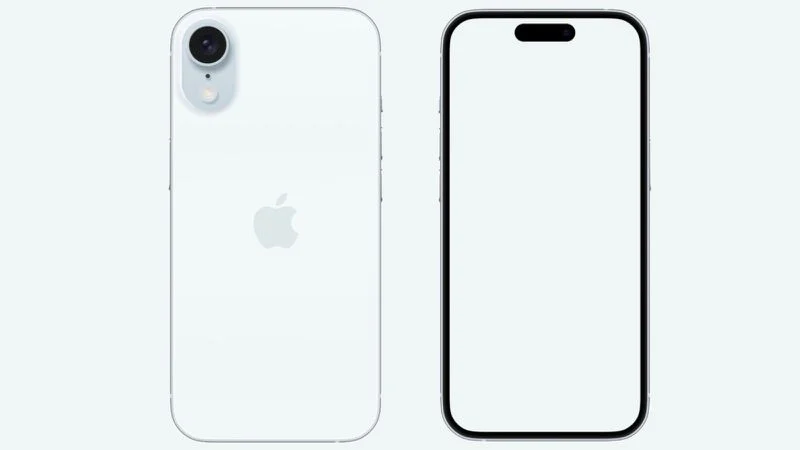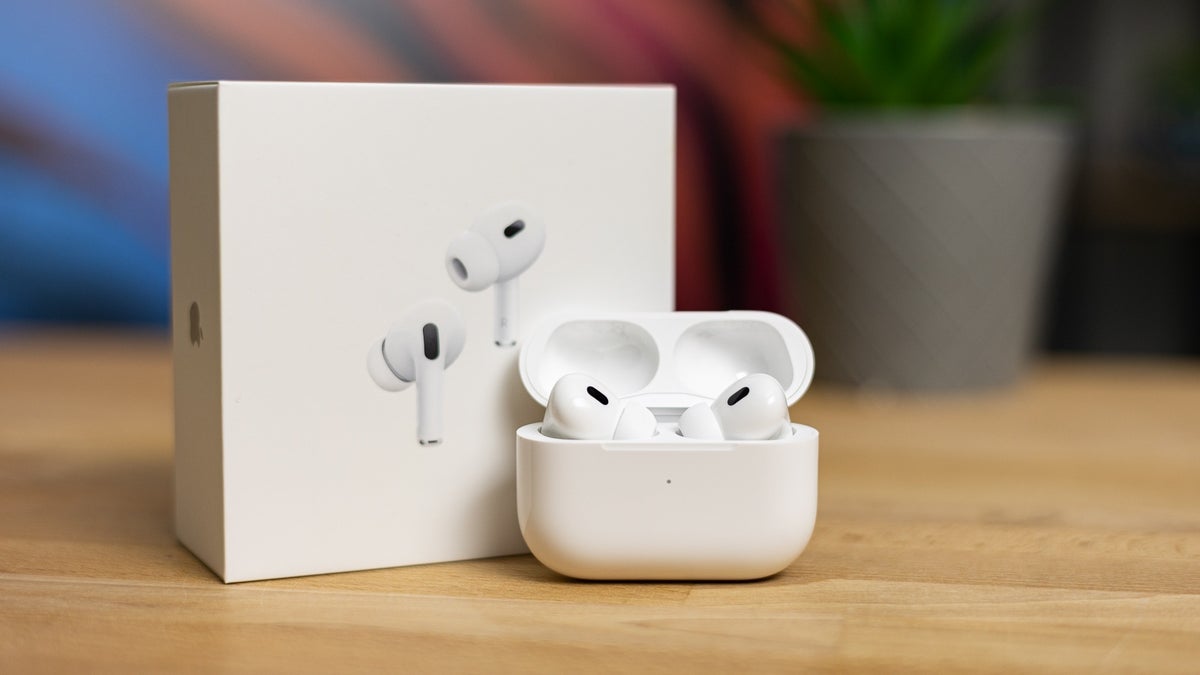Apple is planning a fresh update for iPhone users with iOS 19, expected later this year. A big change is coming to app icons—they’ll look rounder and softer than before. This tweak aims to make your phone’s screen feel more modern and friendly, while still keeping things simple to use.
The update will also bring better video features. One cool addition is a tool to record videos with a blurred background, perfect for focusing on people or objects. It’s like having a pro camera in your pocket! Plus, the video player might get a new design, making it easier to watch and control your clips.
Sources say Apple has been testing these changes for a while. The rounder icons and video upgrades are part of a bigger plan to keep iPhones exciting and ahead of the game. Even small details, like smoother edges on icons, show Apple’s focus on making everything look sharp and polished.
For anyone who loves personalizing their phone, this could be fun. Rounder icons might mix well with custom wallpapers and layouts. And if you enjoy shooting videos, the new blur effect could take your recordings to the next level.
While no official date is set, iOS 19 is likely to drop in late 2025. Apple usually shares big updates like this at its yearly events, so fans are already buzzing with excitement. With these changes, the company wants to keep your iPhone feeling fresh and easy to love. What do you think—will rounder icons and better video tools make your iPhone experience even cooler?








